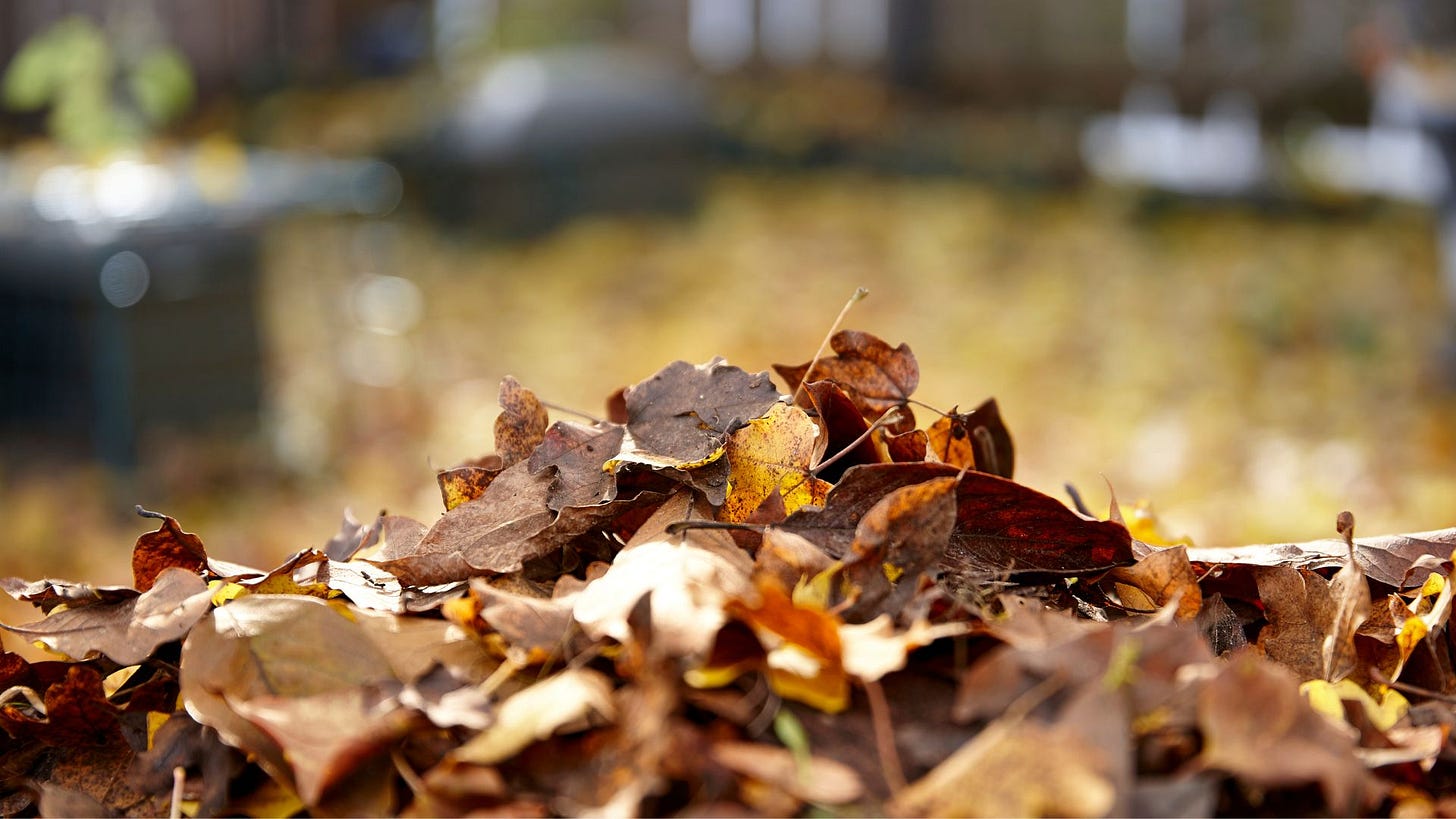This month we continue with the series, “Practices in Smelling,” which aims to inspire and animate you to engage with your sense of smell more.
Here in the Northern Hemisphere it’s officially autumn, but we don’t need a calendar to tell us that we’re transitioning to a new season; our nose always leads the way.
It’s my favorite time of year, actually. 🍁 And I’m not the only one.
For me, the first clue that there's a change in season is the smell in the air. The cooler breezes mean scents are clearer and more prominent because there are fewer volatile organic compounds in the air. There’s less competition for your nose’s attention vs. the onslaught of smells that the heat and humidity of summer provide.
The beauty for me is that the smell of autumn in one place can mean something completely different in another place, depending on the trees, the ground, the air, and the indigenous plants and flowers. Chicago, the place where I grew up, smells very different in autumn compared to San Francisco, where I live now.
Of course, there’s also the rush of scent memories that emerge - the smell of pumpkin from childhood visits to family farms, the scent of a hayride, the aroma of an apple pie baked by a grandmother, or the smell of jumping on a large pile of just-raked leaves that provide hours of entertainment as a kid.
Yes, it’s an emotional time of year indeed.
Which brings me to today’s practice in smelling. How can you noticeably smell the change in season? You probably feel it intuitively, but let’s put our attention on it.
Here are a few ways to practice.
Keep reading with a 7-day free trial
Subscribe to An Aromatic Life to keep reading this post and get 7 days of free access to the full post archives.




